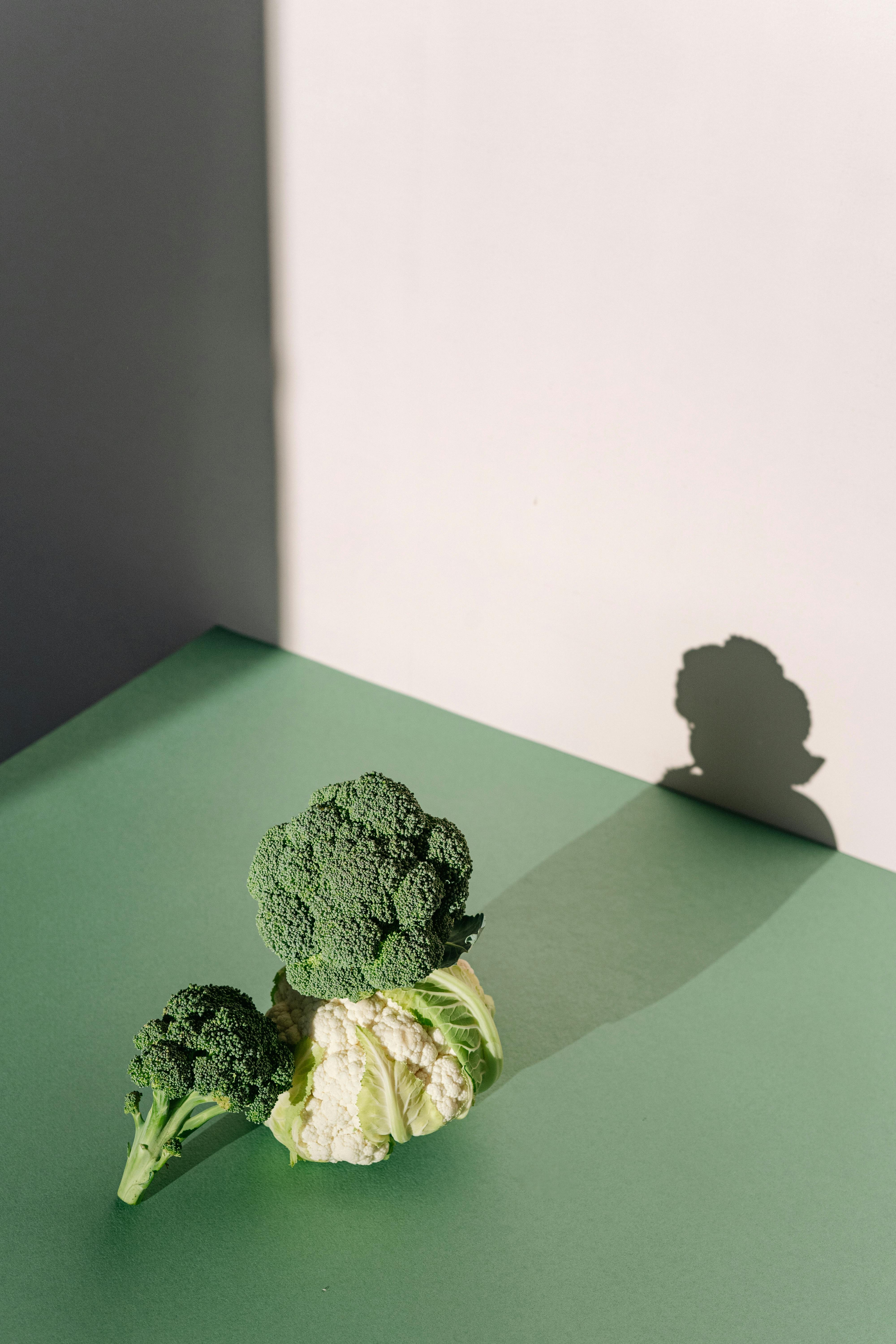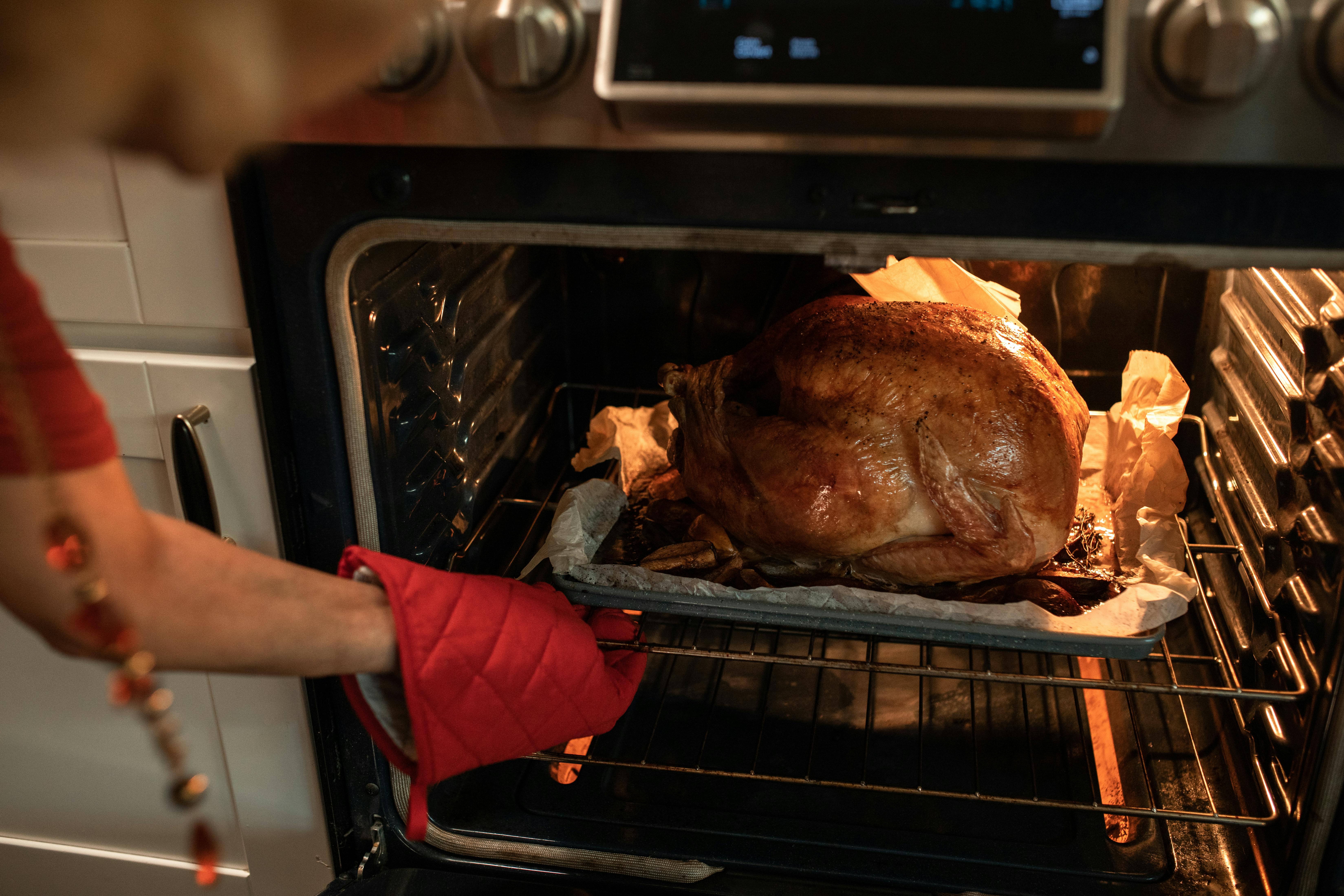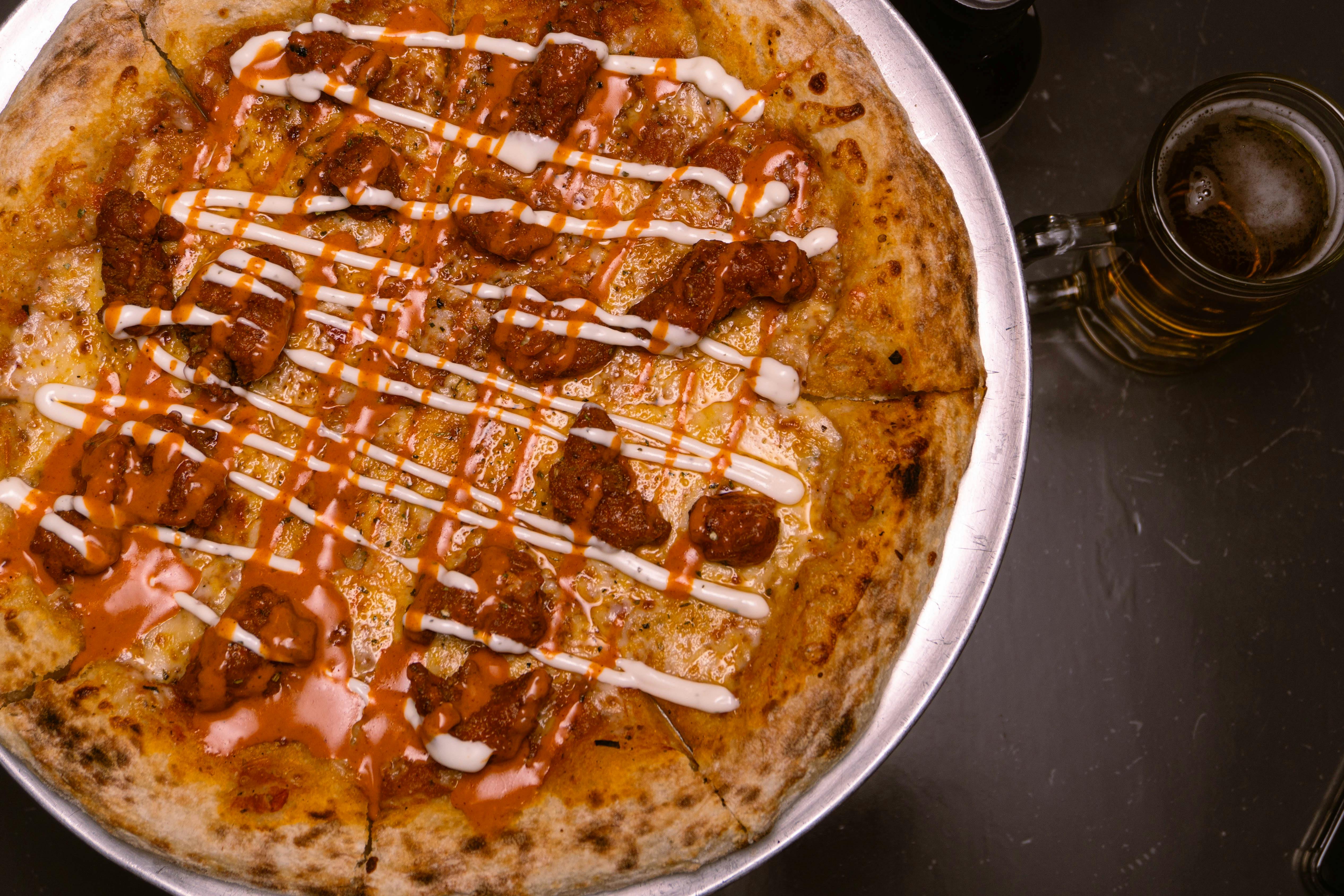Blue raspberries do not naturally exist. The term "blue raspberry" is commonly used to describe a flavor or a type of artificial coloring, particularly in candies and beverages. The fruit itself is typically red or black, and blue raspberries are more of a product of food marketing rather than a real fruit found in nature.

The Fascination with Blue Raspberries
Blue raspberries, a term often encountered in candies and beverages, are not a natural fruit variety. Instead, they represent a unique flavor profile developed primarily for marketing purposes. The blue raspberry flavor is an artificial concoction that imitates certain aspects of actual raspberries, primarily for its appeal in soft drinks, sweets, and desserts. This fascinating illusion showcases how food marketing has shaped our perceptions of fruits and flavors.
In this article, we will explore the myth surrounding blue raspberries, the nutritional value of their counterparts, and delve into the world of blue raspberry products. Understanding the genetics of these so-called fruits will illuminate how we relate to food colorings and flavoring. By the end, you will gain a comprehensive perspective on the ongoing blue raspberry trends and culinary uses in today's market.
Key takeaways include a clear distinction between blue and red raspberries, insights into the science behind blue raspberry flavor, and a look at potential recipes we can create with this intriguing flavor.
Understanding the Blue Raspberry Flavor
For many, the flavor of blue raspberries evokes nostalgia, yet few actually understand its origins. The blue raspberry flavor typically mimics a sweeter and tarter experience compared to traditional red raspberries. This flavor is often achieved through food coloring and a blend of flavors to create the distinctive taste that we associate with blue raspberry candies and beverages.
This aspect of culinary innovation allows manufacturers to craft a vibrant range of products from blue raspberry syrups to gourmet desserts. The artificial coloring not only attracts consumers but also allows for creative presentations in various dishes. Interestingly, blue raspberry candies have become cultural icons, often appearing at fairs and in holiday treats, leading to their sustained popularity.
Comparing Blue and Red Raspberries
When comparing blue raspberries vs red raspberries, the differences go beyond just color. Nutritionally, both types of raspberries are rich in antioxidants, vitamins, and dietary fiber; however, the distinct flavor profile leads to varying culinary applications. Red raspberries are juicy and tart, often used in salads and savory dishes, while blue raspberry flavor is often enjoyed in sweet contexts.
Fermented products, like jams and jellies, highlight their respective traits, showcasing how their flavors can complement different recipes. This divergence illustrates a broader aspect of fruit culinary arts, emphasizing that color can significantly influence flavor perception and usage in cooking.
The Psychology of Food Color
The psychology behind why blue raspberries appeal to consumers is intriguing. Color influences our emotions and choices; thus, the vibrant blue color of these products often leads to a perception of added sweetness and fun. Studies show a correlation between food colors and taste expectations, meaning that the vibrant blue of these raspberry-flavored products enhances appeal.
This phenomenon plays into marketing and packaging decisions, leading to the rise of blue raspberry drinks and desserts on supermarket shelves. As brands leverage the visual impact of blue raspberries, they can captivate younger audiences, further driving the demand for blue raspberry products.
The Cultivation and Fabrication of Blue Raspberries
Though blue raspberries do not naturally exist, understanding their cultivation allows us a deeper insight into berry farming. Blue raspberry products are typically derived from red or black raspberries, which undergo specific processes to accentuate their color and flavor. This creative intersection of botany and culinary arts results in unique concoctions that satisfy a sweet tooth!
Farmers often utilize advanced agricultural techniques to enhance raspberry color and quality through crossbreeding and hybridization methods. This exploration into the genetic potential of raspberry cultivation opens doors to exciting varieties that could revolutionize our culinary landscapes.
Growing Blue Raspberries
Although blue raspberries don't exist as an authentic fruit, cultivating the appropriate raspberry species paves the way for optimal flavor production. Garden enthusiasts can grow traditional raspberries, focusing on factors such as soil quality, climate, and pest management to yield the best results.
Seasonal variations in planting and harvesting blue raspberries further enhance their farming potential. By utilizing organic methods, gardeners can contribute to a sustainable agricultural framework while indulging in growing this delicious berry crop.
Harvesting Blue Raspberries
When it comes to harvesting blue raspberries, timing is crucial. Ripe raspberries can easily spoil if not handled properly. Generally, harvesting occurs in late summer, with optimal freshness ensuring the best flavor experience in products.
Engaging the community through local festivals emphasizing the blue raspberry harvest can also promote awareness and appreciation for these beloved flavors. This communal aspect of picking and enjoying raspberries enhances the overall experience of the fruit.
Delicious Blue Raspberry Recipes
Creating delightful recipes featuring blue raspberry flavors can bring a sense of nostalgia or excitement to any culinary occasion. While authentic blue raspberries aren’t real, exploring blue raspberry desserts or incorporating their flavor into beverages broadens culinary horizons.
Popular blue raspberry recipes kick off with fun drinks like blue raspberry smoothies or cocktails, allowing for freshness and creativity. Homemade ice creams, jams, and sauces also highlight the versatility of replicating blue raspberry flavor. The distinct taste adds a unique twist to familiar products, captivating both young and adult palates alike.
Blue Raspberry Delightful Desserts
Diving into the world of blue raspberry desserts, one can explore an array of dishes such as pies, sorbets, and sauces. The flavors lend themselves to creative kitchen experimentation. For instance, blue raspberry pie is a summer delight that combines a traditional crust with the zesty and sweet flavor profile associated with blue raspberry.
These unique adaptations allow chefs to introduce playful themes into dishes and create eye-catching desserts. By adjusting the balance of sweetness and tartness, blue raspberry desserts can elevate any gathering, making them a luxurious treat for special occasions.
Conclusion: The Future of Blue Raspberries
As we see influences of blue raspberries permeate popular culture, it is likely that their market demand will only continue to grow. Understanding the metabolic and ecological impacts of cultivating mythical fruits like blue raspberries can inspire deeper conversations surrounding our relationship with food colorings and marketing.
With potential health benefits, culinary innovation, and a unique sensory experience, blue raspberries and their attributed flavor can truly encapsulate the essence of creative culinary expression. Whether enjoyed in drinks, desserts, or as a cultural icon, blue raspberries serve as a vibrant reminder of how creativity intertwines with nature.

FAQ Section
Are blue raspberries real?
No, blue raspberries do not exist in nature. They are a product of artificial flavoring and coloring.
How can blue raspberries be used in recipes?
Although blue raspberries are not real, the flavor can be used in various recipes, including smoothies, desserts, and drinks.
What are the health benefits of blue raspberries?
The flavor may include some nutritional benefits derived from actual raspberries, including antioxidants and vitamins, although this focuses on blue raspberry-flavored products.
Can I grow my own blueberries?
You can grow red or black raspberries to achieve a similar flavor profile to that of blue raspberries in your own garden.
What factors influence the market demand for blue raspberries?
Trends in food coloring, flavor perception, and consumer engagement through social media all contribute to the rising market demand for blue raspberry products.
